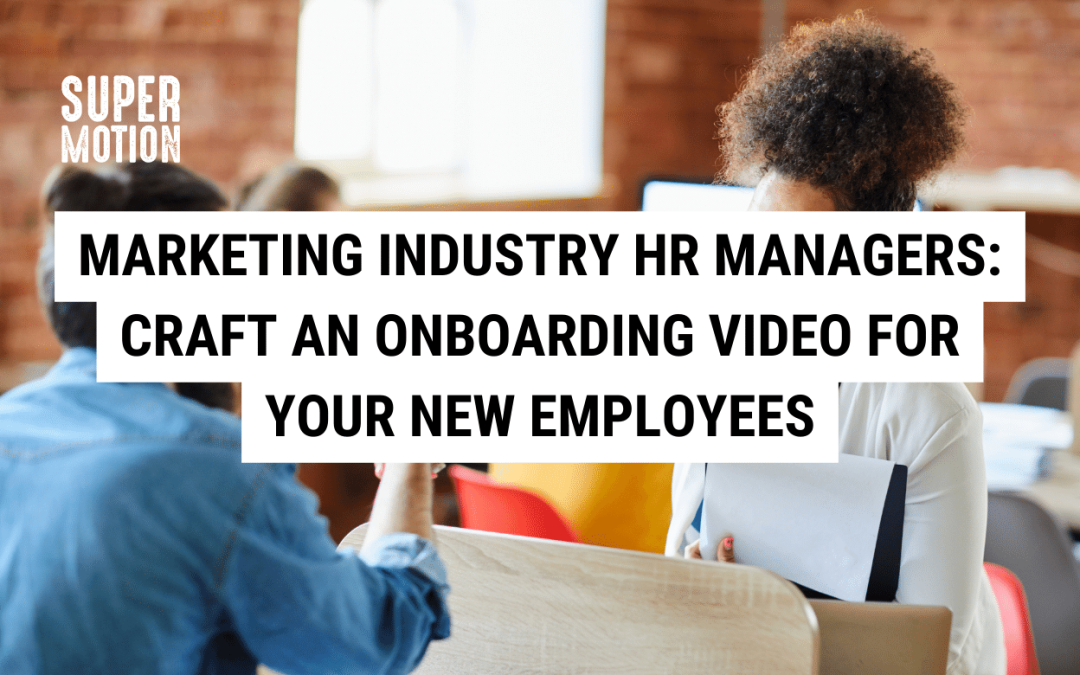
The Ultimate Guide for HR Managers in the Marketing Industry to Craft an Onboarding Video for Their New Employees
The Ultimate Guide for HR Managers in the Marketing Industry to Craft an Onboarding Video for Their New Employees
Welcome to the ideal guide for marketing agency HR Managers looking to enhance their onboarding process with an onboarding video. Navigating the terrain of onboarding can be like tackling an intricate marketing campaign – full of moving parts and pivotal moments.
Whether you’re looking to refine your current onboarding process or are crafting one from the ground up, understanding the essentials of an effective onboarding video is key to ensuring that new team members are equipped to stride confidently into the heart of your agency’s unique culture and operations.
In this post, we’ll explain the essential components you need to make a successful onboarding video for new employees.
Setting the Scene: Why Onboarding Videos Are a Vital Component
Gone are the days when a morning seminar and a pile of paperwork made for a complete onboarding experience. In today’s fast-paced environment, where digital interaction often comes before face-to-face conversations, your video content can be the make-or-break element in securing an informed and engaged team member.
Why Does It Matter?
Think of your onboarding video as the director’s cut of your agency’s culture, values, and expectations. It’s your chance to immerse new hires into the unique blend that is your agency’s identity. Young professionals are increasingly choosing employers based on company values and culture. Your video is that critical first impression.

The Script: What to Include in Your Onboarding Video
Every masterpiece starts with a script, and your onboarding video is no different. It’s the blueprint that shapes every visual and auditory aspect.
The Agency Story
Take new employees on a narrative-driven tour of your agency’s history. From the pioneering days to where you stand today, this story should convey the passion that fuels your team. Share key milestones, turning points, and the ethos that underpins everything you do.
Meet-the-Team Montages
Human connection is key to engaging your new employee. Showcase who new starters can expect to rub shoulders with – from the CEO to the office juniors. This section should feature short, sharp personal introductions that humanise leadership and illustrate your agency’s diversity and expertise.
Fun and Quirks
Include the lighter side of agency life. Share traditions, events that are in the company’s “official” calendar, and any quirky things that make your team and space unique. It’s often these less formal elements that really stick in people’s memories.

Pre-Production Essentials
Before the cameras roll, meticulous planning and preparation are crucial.
The Right Tools for the Job
High-definition recording equipment, professional lighting, and quality sound equipment are essential to producing a video that won’t be marred by technical hiccups.
Storyboarding
Plot out every scene, clarify dialogue, and design visual components in a visually sequential order. This will be your shooting script and a blueprint to ensure coherence and flow.
Set Design
Where you shoot matters. Ensure that backdrops are on-brand and appealing. Pay particular attention to lighting to enhance the viewing experience. Plan for mobility within the space to keep the video dynamic.

The Shoot: Lights, Camera, Action
Now the excitement really begins – but so does the pressure.
Direction
You’re capturing more than actions – you’re capturing atmosphere. Directing your human ‘actors’ and creating powerful visuals takes skill.
The Power of Sound
Remember, your content is being seen and heard. Invest the same effort in pristine audio as you do in the visuals and keep the two working in harmony.
B-Roll
Don’t forget those additional cutaway scenes of work in action, footage of the workspace, and the flurry of activity that makes your agency tick. They’ll serve you well in the edit.

Post-Production Panache
This is where the real magic happens. Editing is about pulling all the strands together to create a polished reflection of your agency’s soul.
The Edit Suite
Your onboarding video’s home is the edit suite. Here, the best takes are woven into a cohesive whole. Transitions and graphic elements are added for clarity and engagement.
Distribution and Analytics
Your hard work deserves an audience, and more importantly – an engaged one.
Choosing Platforms
Select the right platform for your onboarding masterpiece – should it be on the company’s intranet or shared via a link? Consider accessibility and ease of use.
Measuring Impact
Use analytics to gauge how your new recruits interact with the video. This data helps you to refine future onboarding content.

The Final Take
It’s not always about the wrap; sometimes it’s about what comes after the credits.
Engagement After the Show
What follow-up content will aid new employees in their initial weeks? Knowing they have access to training or ‘how to…’ videos can be a comfort.
Your End Credit Scene
Book a FREE 30-minute strategy call with Super Motion and start your journey to a more effective onboarding experience today.
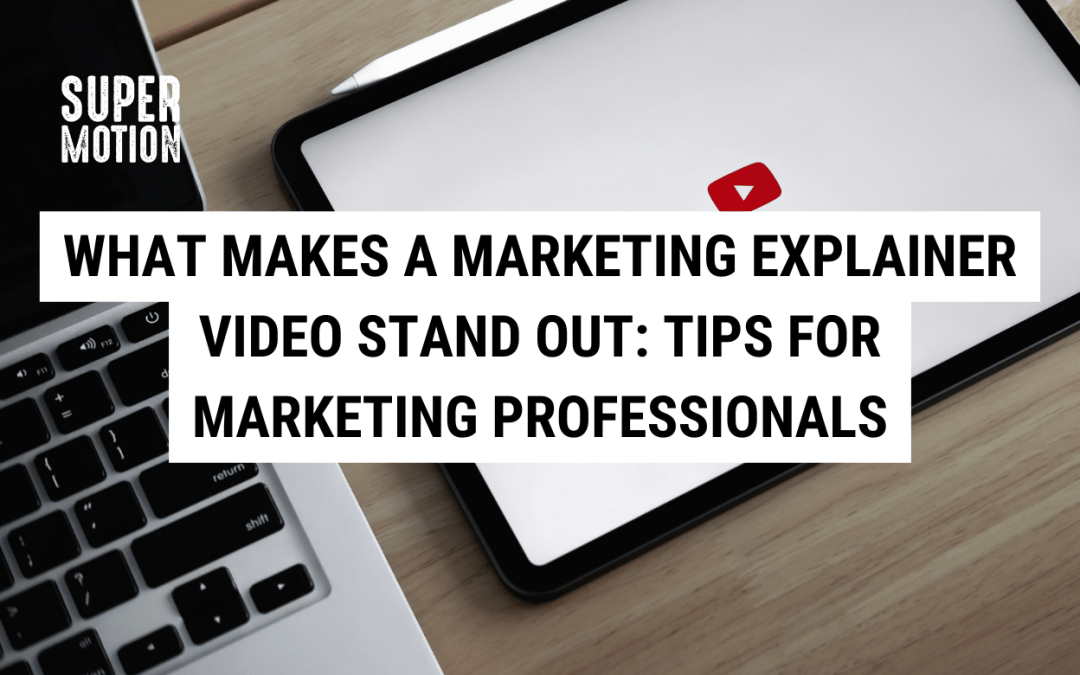
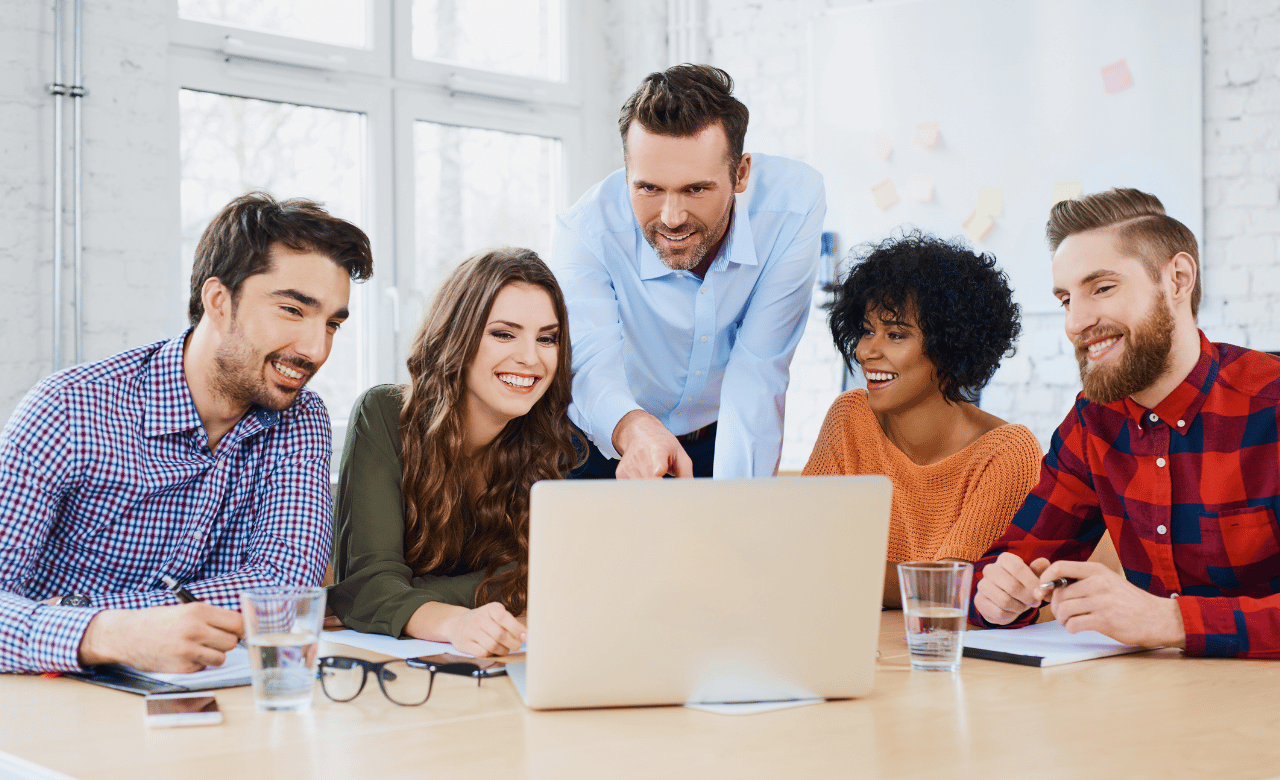


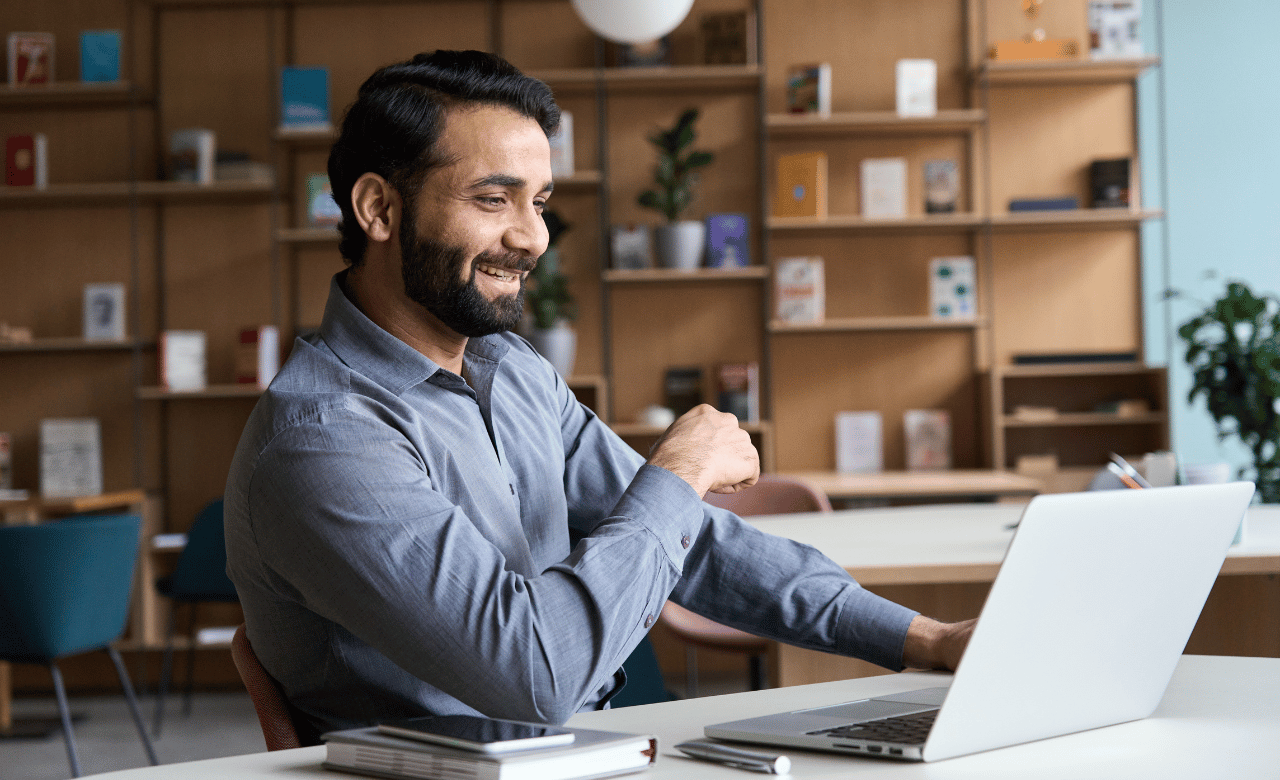



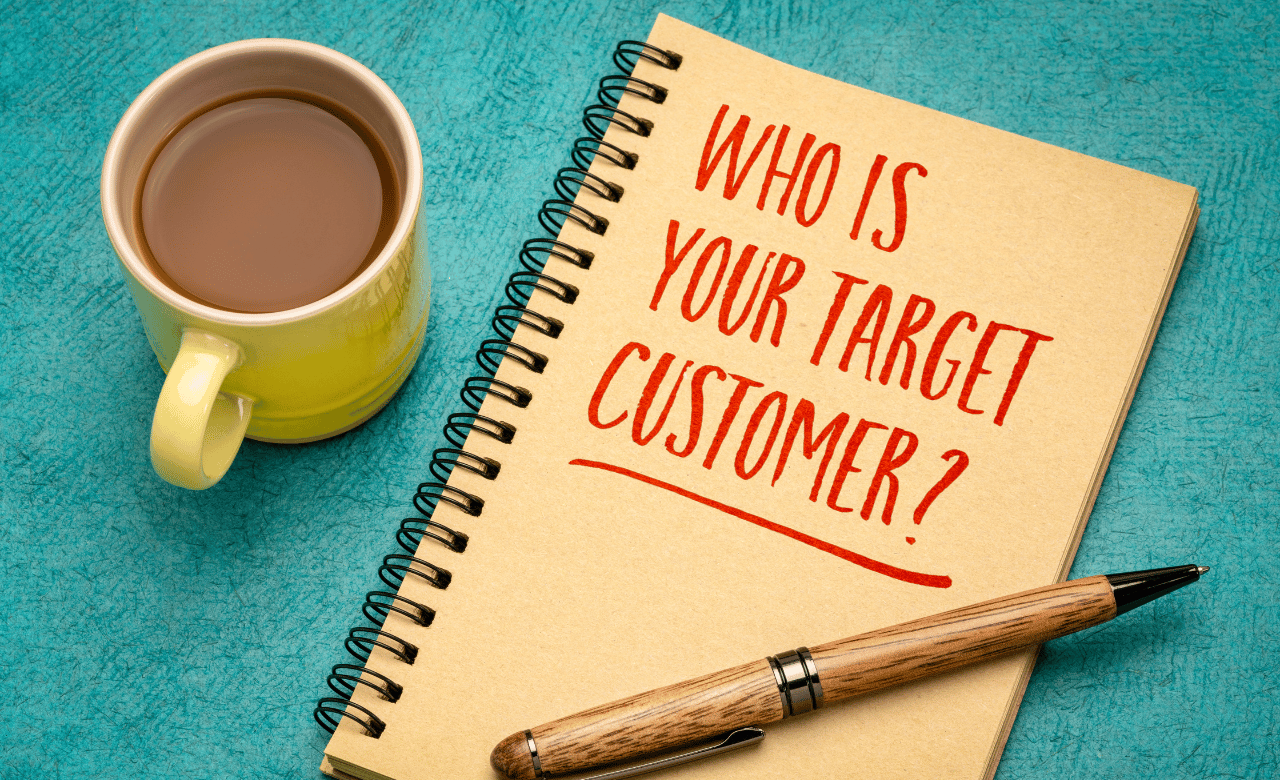


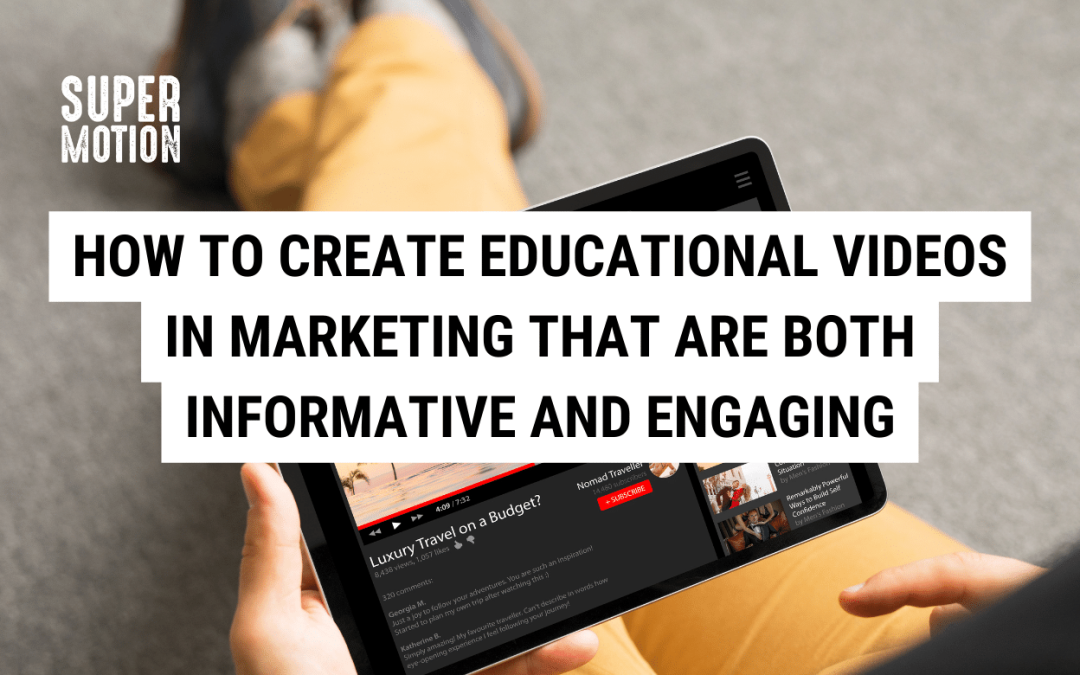

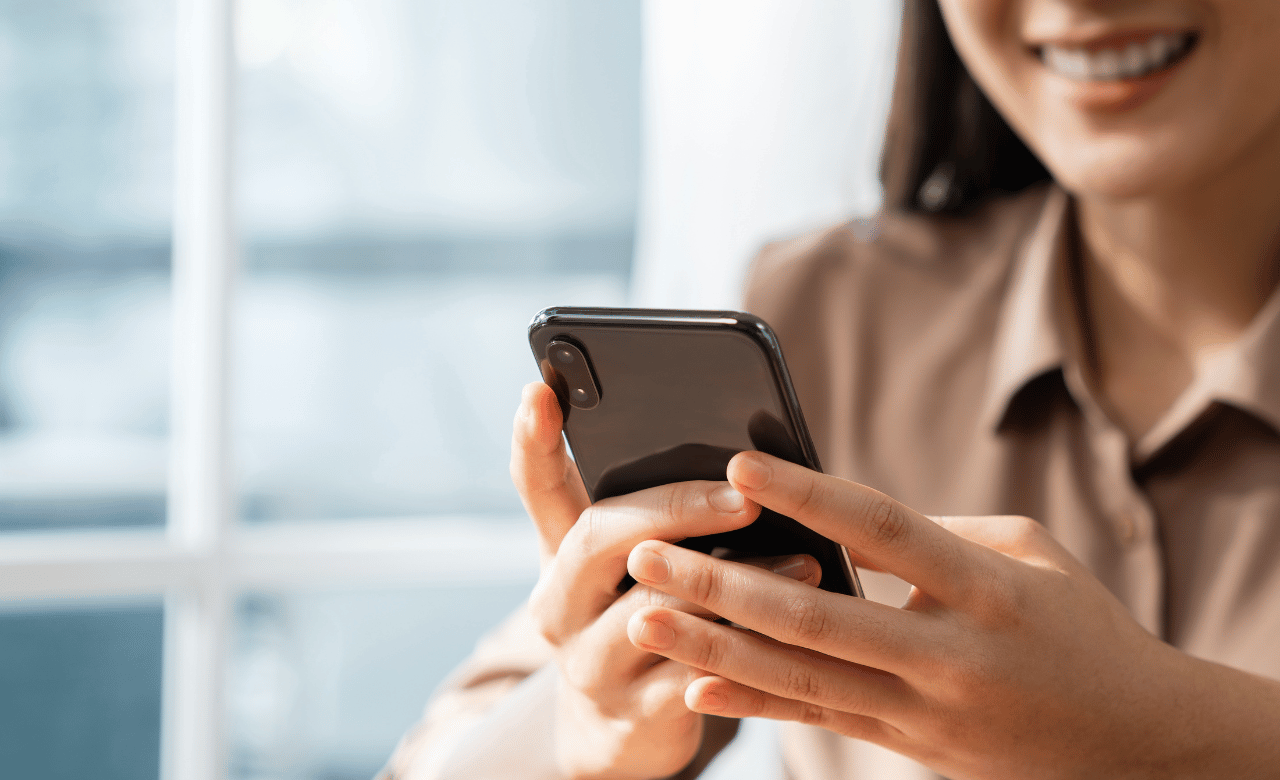



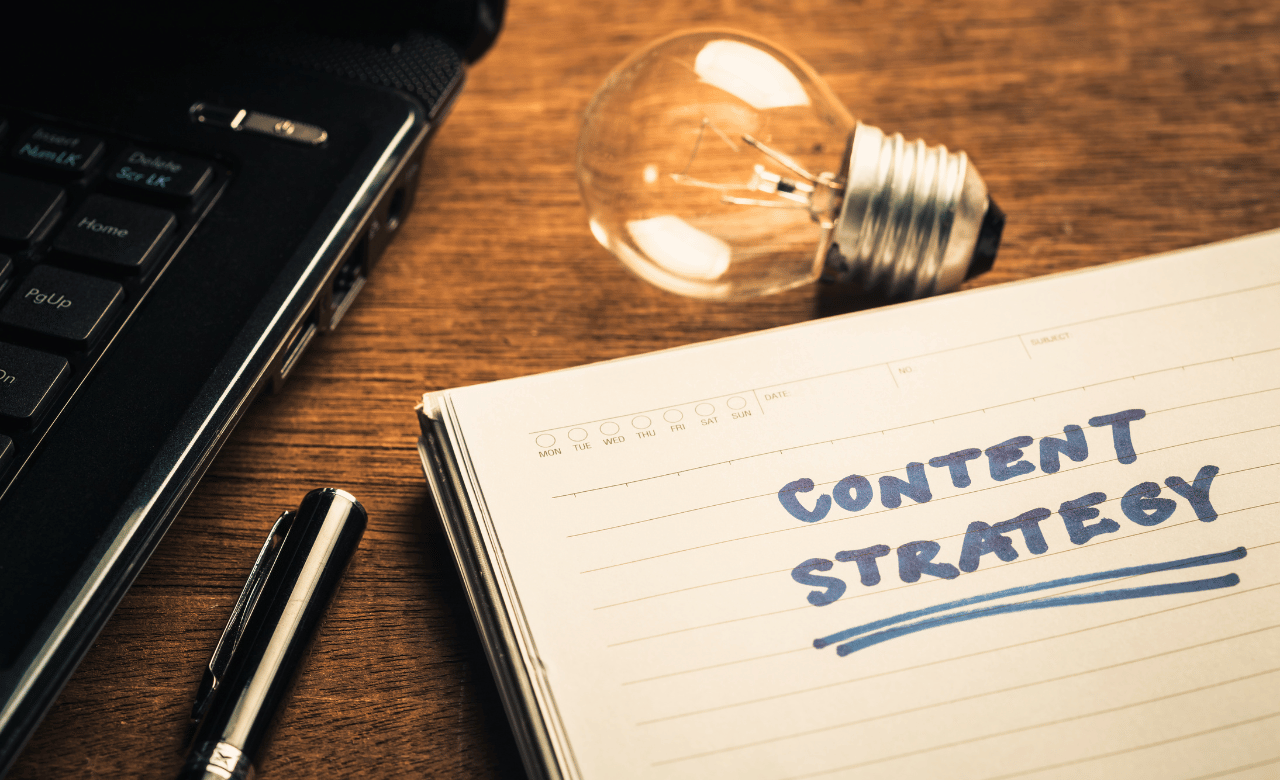
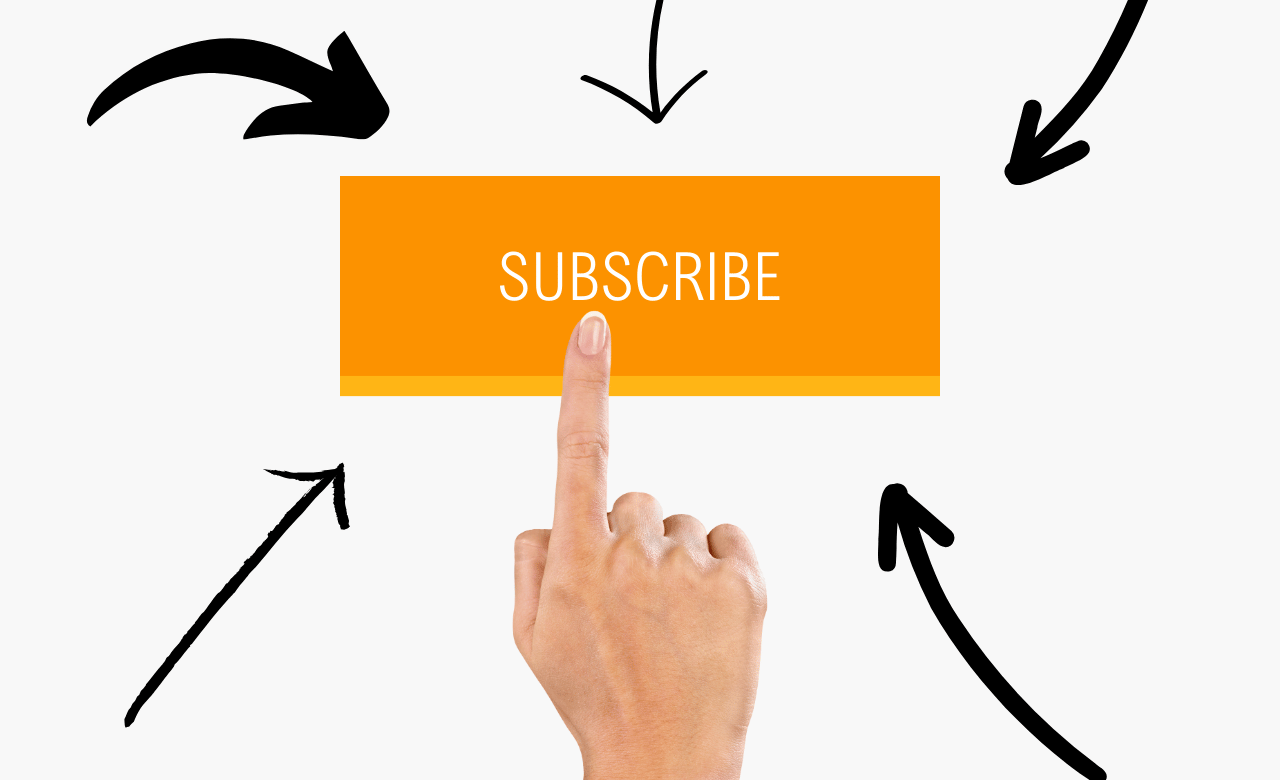

Recent Comments